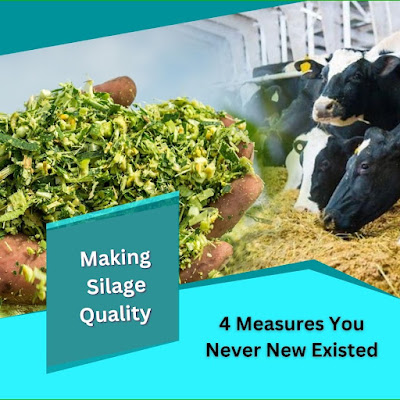Sugarcane Silage - Perfect Combination Of Quality Nutrition
The Sugarcane Silage of dairy cows is at the top of the priorities of farmers who work to have an efficient barn with a homogeneous distribution of parts throughout the year. Nutrition plays a very important role in Sugarcane Silage.
The first thing to take into consideration is that the physiology of the super-selected Sugarcane Silage gives priority to the production of milk and its constituents and only puts reproduction in second place, at least until the cow is pregnant again. In addition, the cow is a ruminant, and as such it mainly uses amino acids, deriving from the rumen microbial protein and from foods that escape rumen degradation, to produce glucose and therefore energy and lactose. Finally, a fact that must always be kept in mind is the massive consumption of amino acids stored in muscle tissue during the phases of negative energy balance; according to some studies, during the period from 2 weeks before calving to 5 weeks after, cows can mobilize up to 21 kg of "muscle" protein (which corresponds to about 119 kg of muscle tissue!). In light of all this, it is necessary to define dietary plans calculated on the real needs of the cow, on pain of a serious decline in Sugarcane Silage, some serious metabolic diseases.
Ø Such as hepatic lipidosis and metabolic ketosis, and an insufficient efficiency of the immune system.
Ø Excess nitrogen can also lead to negative effects on Sugarcane Silage, causing a reduction in uterine pH.
Ø Altering the quality of the follicles, and the loss of energy. For this reason, great attention has been paid for some time to measuring the concentration of urea in milk on farms.
Ø To have, however, the correct indications, the measurement of this parameter must be made on individual milk of cows in the first weeks of lactation, i.e.
Ø When they must express the peak of lactation and a new pregnancy almost simultaneously in a period of physiological energy balance. negative.
Ø The determination of mass milk can only give us information on the efficiency of using the nitrogen of the ration. In order to prepare more correct diets,
Ø It is useful to quantify through functional controls how many cows are with a milk protein <3%,
How is Sugarcane Silage the budget-friendly diet for your cattle?
This part of nutrition represents a significant cost item in the rationing of the cow and has a significant impact on the productivity of the cows. Likewise, it is the most difficult to manage with precision and knowledge of cause. For this reason, reference tables are periodically produced. When we want to carefully analyze whether our cows receive enough minerals, we must take into account the macro-minerals such as calcium, phosphorus, sodium, potassium, sulfur, and chlorine, which are present in food and which can disturb the health. of animals both for their excess and their defect. A clarification should be made for the so-called antioxidants that are vitamin A, vitamin E, copper, zinc, manganese, and selenium which constitute the fundamental points of the antioxidant system of the organism very important for high-production dairy cattle.



Comments
Post a Comment